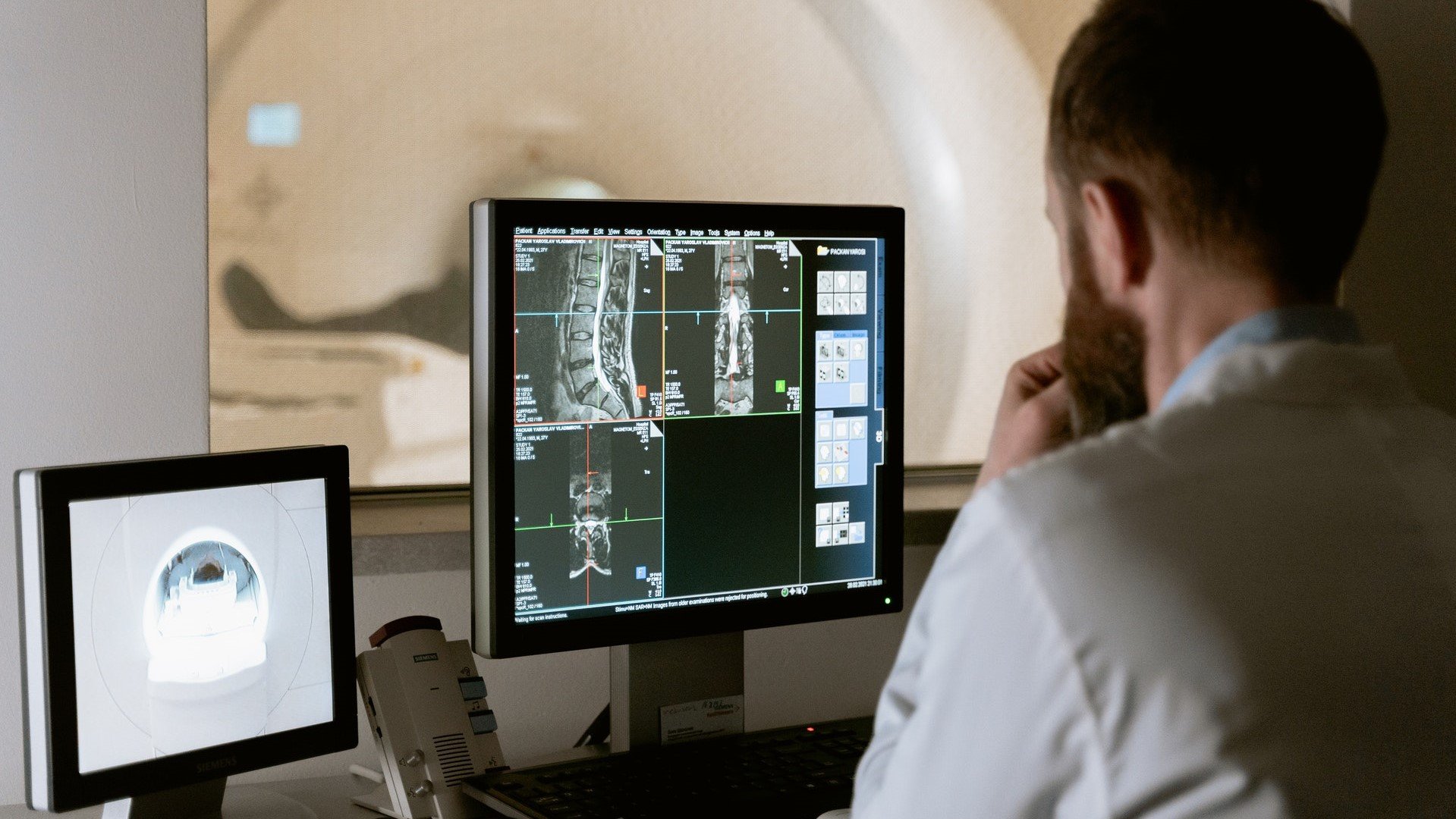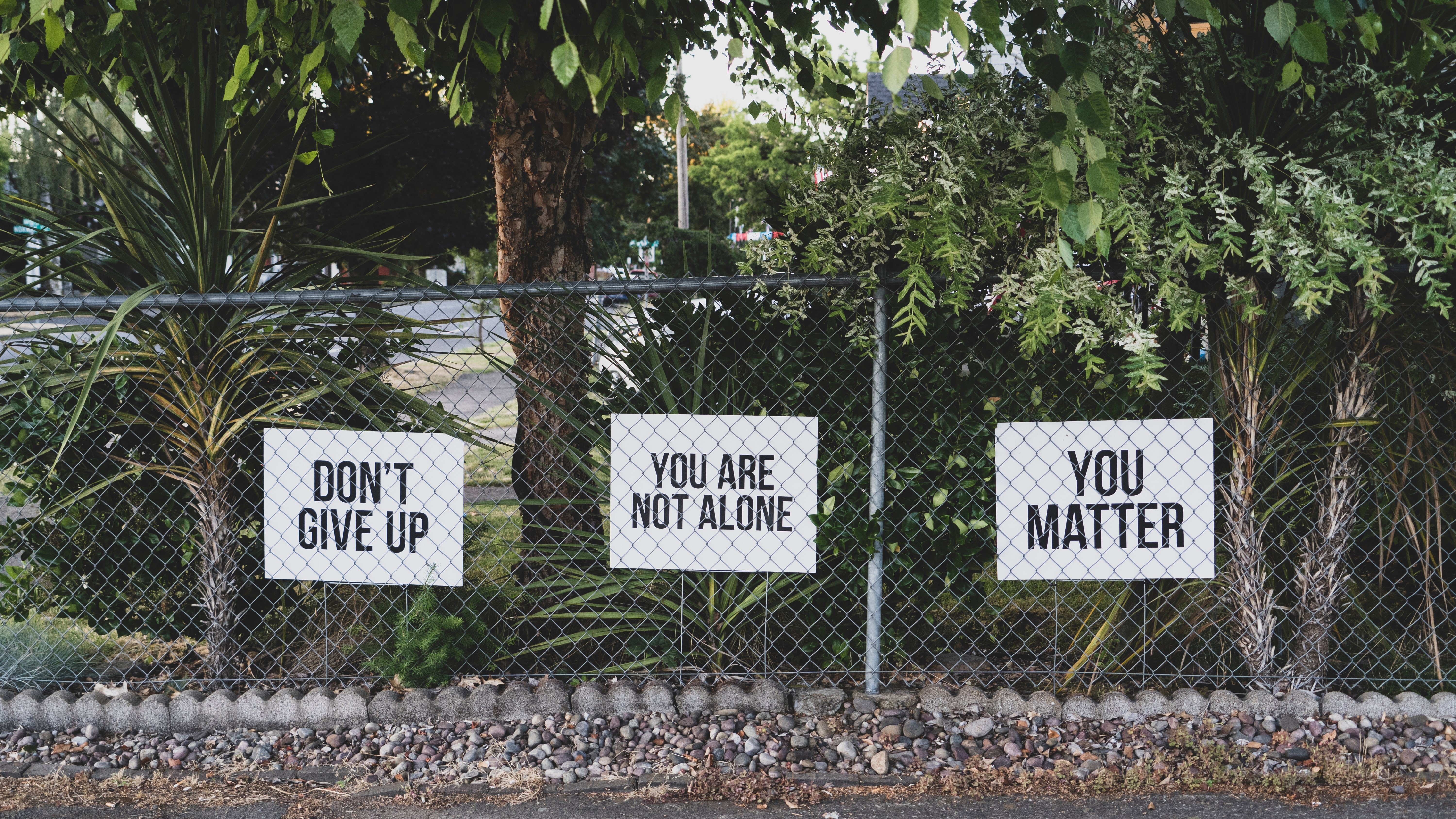Healthcare Administration: 5 Ways to Stand Out in Job Applications
Healthcare administration students and young professionals get answers about what will set them apart in this competitive field.
2 min read
Abby Crimm : June 30, 2022 1:15:44 PM PDT

In a letter to customers, GE Healthcare said it was rationing orders for contrast media after a COVID-19 lockdown temporarily shut down its production facility in Shanghai, China. Supplies aren't expected to recover until July.
If you're noticing more MRI scans where you'd normally see CT scans, you're not going crazy. Due to a production facility closure, GE Healthcare announced a shortage of contrast media that most likely will not see a return to normal until July 2022. This plant, which was shut down because of COVID-19, supplies most of the iodinated contrast media (ICM) used in the United States for image-guided treatments. Over 40% of computerized tomography (CT) studies use these agents, and many healthcare systems only have limited supplies.
Recommendations from the American College of Radiology® (ACR) that guide imaging providers on how to address this emergency appear in the Journal of the American College of Radiology (JACR). JACR also presents case studies from two healthcare systems that were able to reduce their ICM usage by at least 50%, providing data to help practices prioritize and inform health system decision making during the crisis.
In the statement from the ACR, lead author Carolyn L. Wang, MD, from the University of Washington, and colleagues stated, "Our recommendations are not exhaustive or prescriptive. They are intended as a resource for healthcare providers to provide high-quality patient care during times of shortage of contrast media."
Recommended risk mitigation strategies include:
Veterinary medicine faces a similar challenge to find the popular contrast medium iohexol and omnipaque for CT and interventional fluoroscopic procedures. Alternatives do exist, but currently, other non-ionic contrast mediums such as iopamidol are also listed as being in short supply.
Viticus Group Chief Veterinary Medical Officer Dr. Tony Pease, a veterinary radiologist, says that veterinarians can also use ionic contrast medium for intravenous use, but ionic contrast medium does have a 12% chance of mild reactions such as rashes, hives and transient hypertension compared to 3% for non-ionic contrast medium in humans. Severe reaction rate for ionic contrast medium is 0.15% compared to 0.03% for non-ionic contrast medium requiring hospitalization.
In addition, as recommended above, using half of the standard dosage of contrast medium can opacify vasculature enough for diagnostic CT studies.
Content may contain advertising and sponsorships. Advertisers and sponsors are responsible for ensuring that material submitted for inclusion is accurate and complies with applicable laws. We are not responsible for the illegality of any error, inaccuracy, or problem in the advertiser’s or sponsor’s materials.
Advertising material and/or opinions are not a reflection on Viticus Group.
.jpg)
Healthcare administration students and young professionals get answers about what will set them apart in this competitive field.

Dr. Shawn Tsuda, serving as Human Medical Director on Viticus Group's Board of Directors, provides all health professionals with information and...

Healthcare professionals, both veterinary and human, need to know they're not alone. Heroes need help, too.